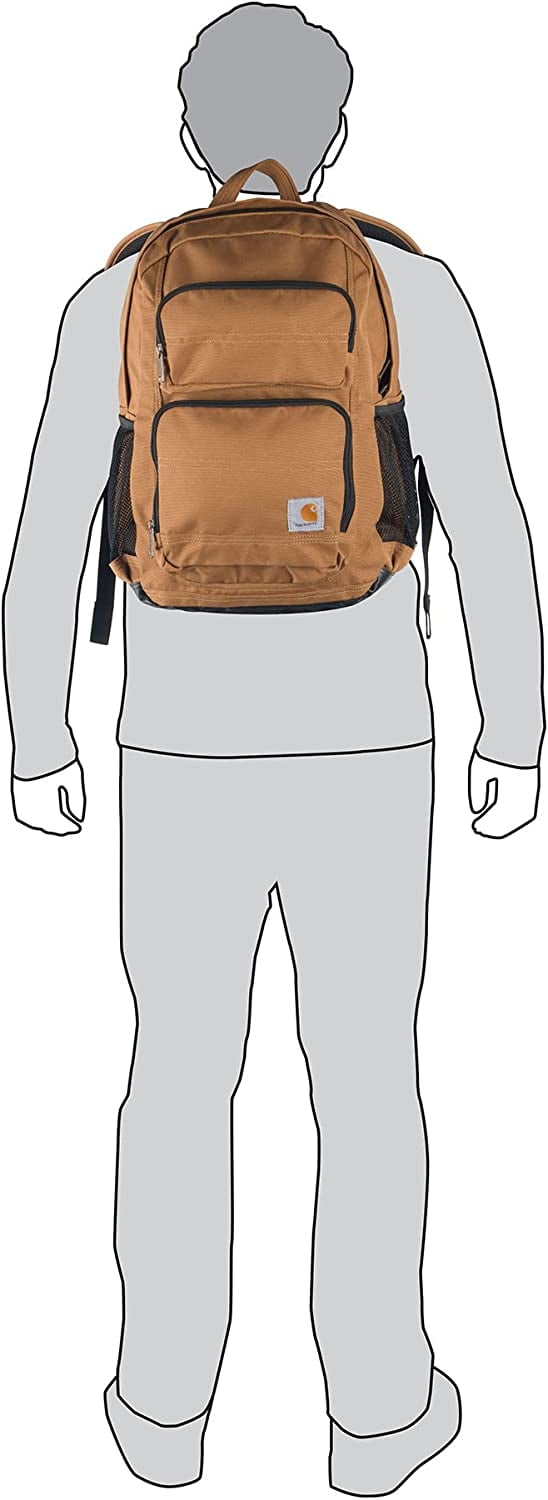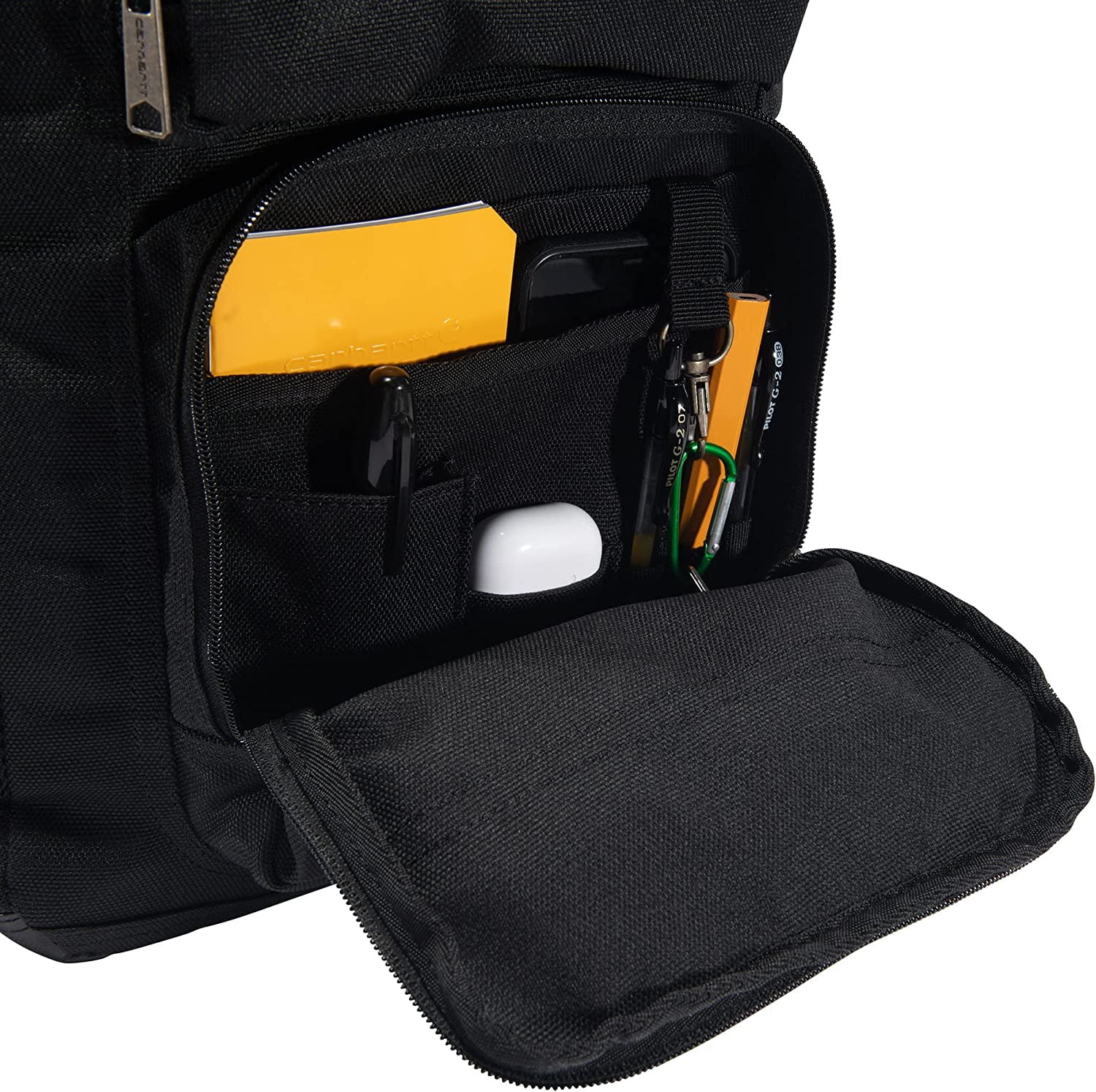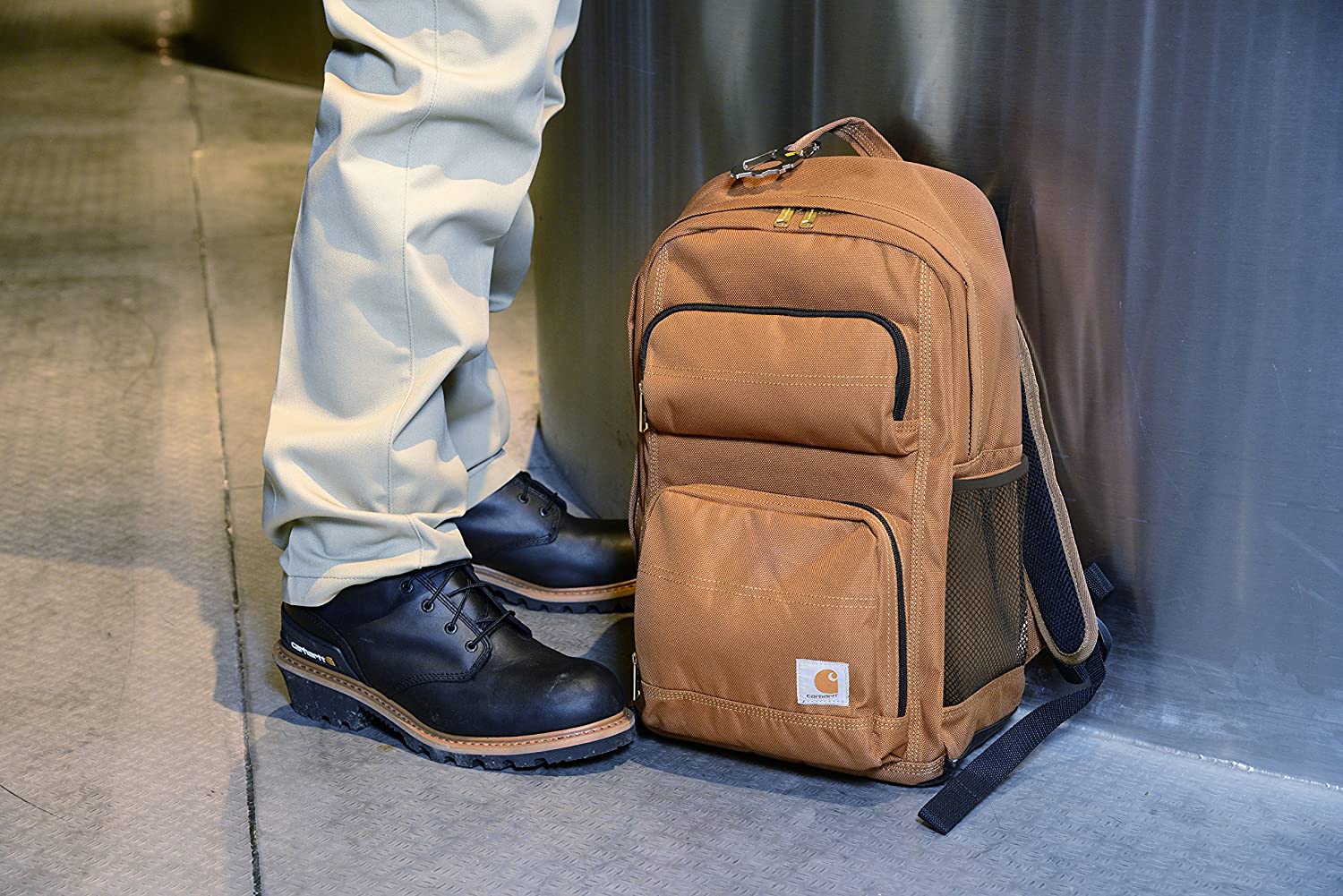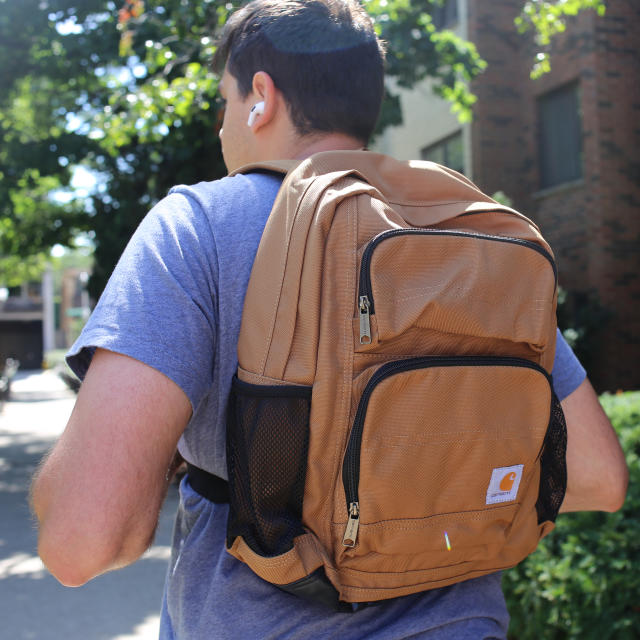
Legacy Standard Work Backpack with Padded Laptop Sleeve and Tablet Storage, Carhartt Brown - Walmart.com

Buyr.com | Backpacks | Carhartt Legacy Standard Work Backpack with Padded Laptop Sleeve and Tablet Storage, Navy, Medium

Legacy Standard Work Backpack with Padded Laptop Sleeve and Tablet Storage, Carhartt Brown - Walmart.com

Amazon.com: Carhartt Legacy Standard Work Backpack with Padded Laptop Sleeve and Tablet Storage, Grey : Electronics

Carhartt Legacy Standard Work Backpack with Padded Laptop Sleeve and Tablet Storage, Mossy Oak, One Size : Electronics - Amazon.com

Legacy Standard Work Backpack with Padded Laptop Sleeve and Tablet Storage, Carhartt Brown - Walmart.com


















